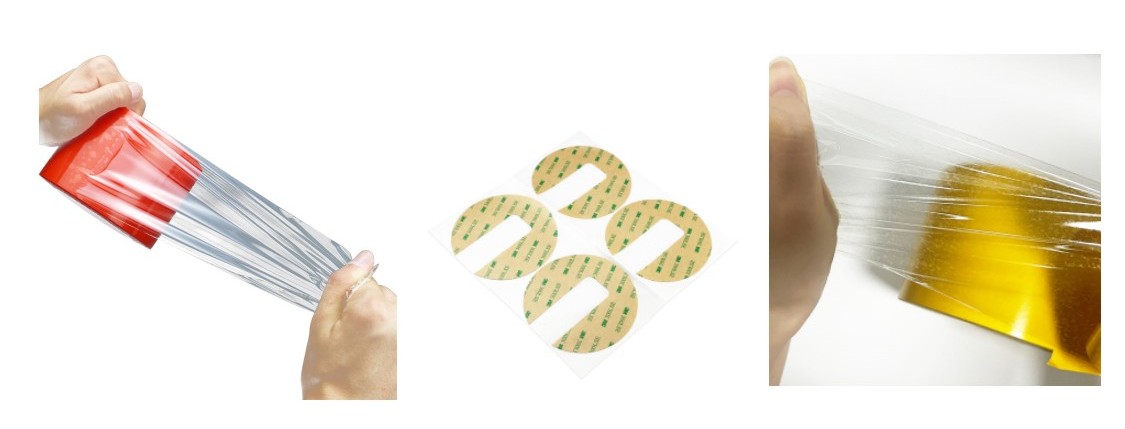Gather Your Supplies
Before starting, assemble the necessary tools to avoid damaging the foam. You’ll need:
A soft-bristled toothbrush or a small foam brush (avoid stiff brushes that can tear the foam)
Mild dish soap or a gentle laundry detergent (avoid harsh chemicals like bleach or alcohol, which can degrade the foam)
Lukewarm water (hot water may warp the foam or loosen the adhesive)
A clean, lint-free cloth or paper towels
A bowl for mixing soapy water
Remove Surface Debris
Begin by gently removing loose dirt and dust from the foam grip tape. Hold the fingerboard over a trash can and use the dry soft-bristled brush to sweep in one direction, brushing from one end of the grip tape to the other. This step prevents rubbing dry dirt into the foam, which can cause deeper staining. For stubborn bits of debris (like small rocks or lint), use a pair of tweezers to carefully pluck them out—be cautious not to pull or stretch the foam.
Clean with Soapy Water
Mix a few drops of mild dish soap into a bowl of lukewarm water until it forms a light suds. Dip the brush into the soapy water, then gently wring out excess liquid—the foam should be damp, not soaking wet. Too much water can seep into the fingerboard’s wood or plastic components, causing warping or damage.
Using circular motions, lightly scrub the foam grip tape. Focus on areas with visible dirt or discoloration, but avoid pressing too hard, as this can compress the foam and reduce its texture (and thus its grip). Work in small sections to ensure you don’t miss any spots, and periodically rinse the brush in clean water to avoid spreading dirt back onto the tape.
Tackle Tough Stains
For more stubborn stains, such as oil from fingers or dried-on grime, apply a tiny amount of undiluted mild soap directly to the stain. Let it sit for 10–15 seconds to break down the oil, then gently scrub with the damp brush. For particularly tough spots, you can use a cotton swab dipped in soapy water to target the area without saturating the surrounding foam.
Rinse and Dry
Once you’ve scrubbed the entire grip tape, dampen the lint-free cloth with clean water (no soap) and gently wipe away any soap residue. Make sure to remove all soap, as leftover residue can attract more dirt later. Avoid running the fingerboard under a faucet, as this can oversaturate it.
Lay the fingerboard on a clean, dry towel with the grip tape facing up. Let it air dry completely in a well-ventilated area—avoid direct sunlight or heat sources like hair dryers, which can cause the foam to shrink or the adhesive to weaken. Depending on humidity, drying can take 2–4 hours. Never use the fingerboard until it’s fully dry, as damp foam loses its grip and may develop mold.
Maintain Regularly
To keep your foam grip tape clean longer, wipe it down with a dry cloth after each use to remove surface oils. Avoid touching the grip tape with dirty hands, and store your fingerboard in a clean, dry case when not in use. If the foam becomes excessively worn, stained beyond repair, or loses its texture, it may be time to replace the grip tape entirely—this is a simple process and ensures your fingerboard performs at its best.
By following these steps, you can keep your fingerboard’s foam grip tape clean, grippy, and ready for endless tricks. With a little care, your fingerboard will stay in top condition for longer, enhancing your overall experience.
Post time:2025-07-23


